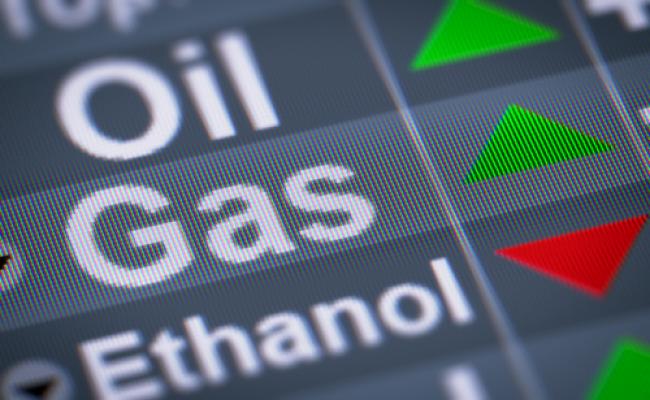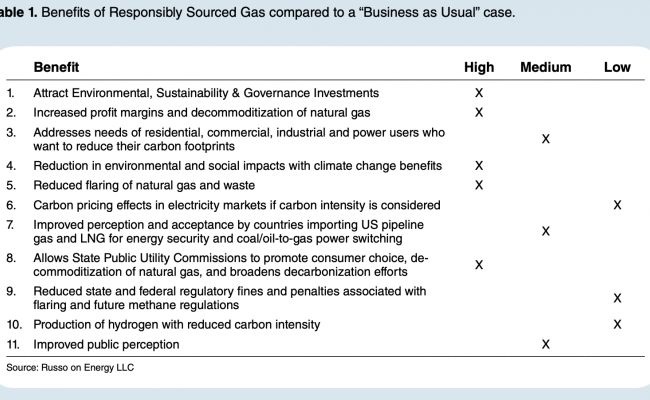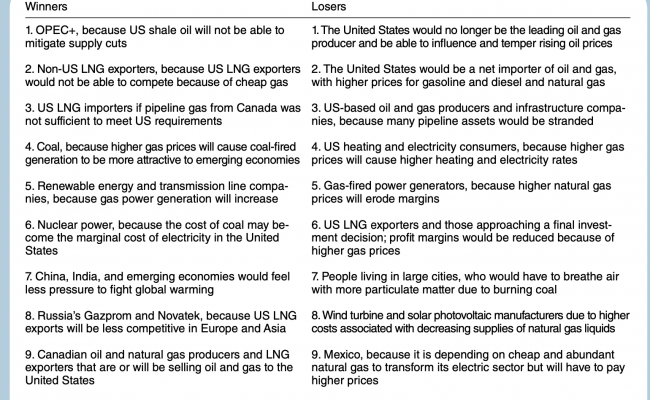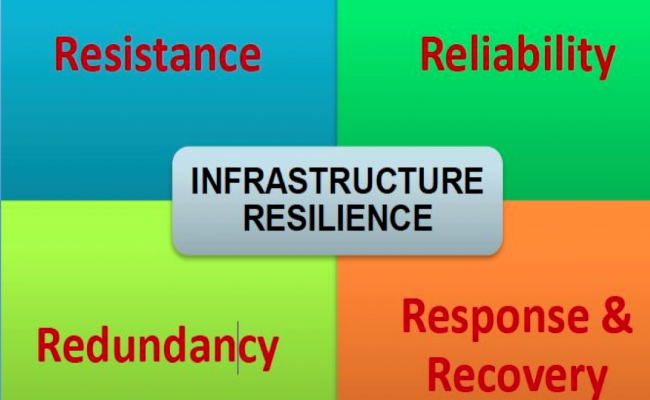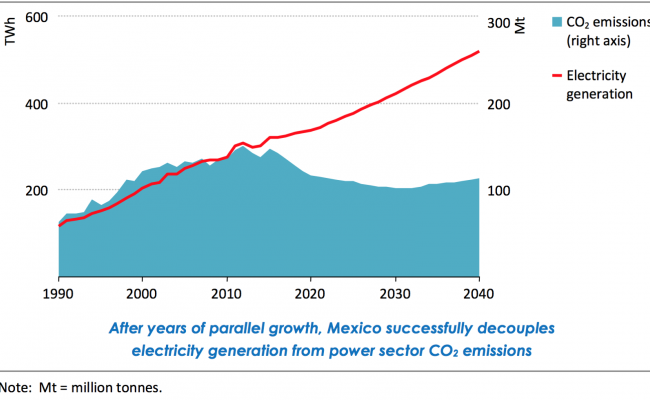Physical and Financial Hedging of Natural Gas
Natural gas utilities and gas-fired power generators cannot afford to be caught in a green vortex and rely too much on intermittent renewable energy. Physical and financial hedging of natural gas continues to be important in managing risks and is required as countries continue to accelerate their decarbonization efforts. Such efforts are crucial to manage natural gas and price risks especially if prolonged water and wind droughts, colder winters, and hotter summers continue to limit renewable energy production in future years.
Decarbonization efforts should not only entail increasing the installed capacity of wind and solar, and battery storage. Decarbonization must also embrace carbon capture, storage, and utilization, blending hydrogen in natural gas grids. Also, the US, EU and China must accelerate efforts to reduce methane and carbon dioxide (CO2)in their oil and natural gas supply chains and from landfills, livestock farms, and other methane sources. Finally, the role that nuclear power can play in the transition must be considered by each country.
Some countries may want to establsih a Strategic Gas Reserve as a backstop to supplement the private sector's efforts to hedge price volatility, especially if governments continue to transition away from the use of coal power plants and continue to retire nuclear power plants. Download the entire article published in the Climate & Energy Journal.
Read more

